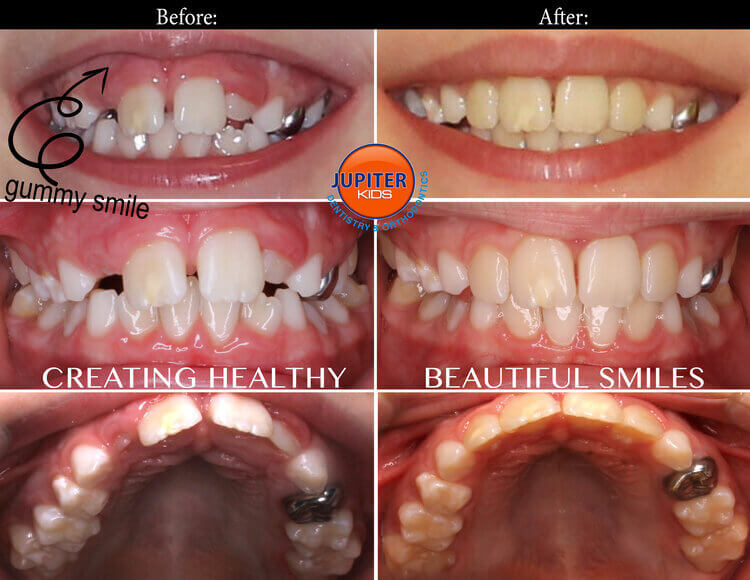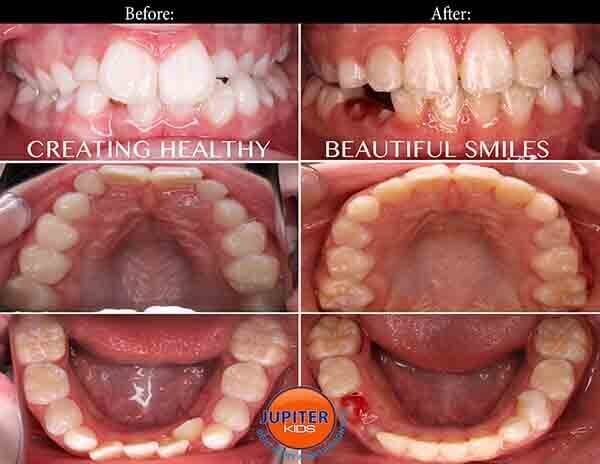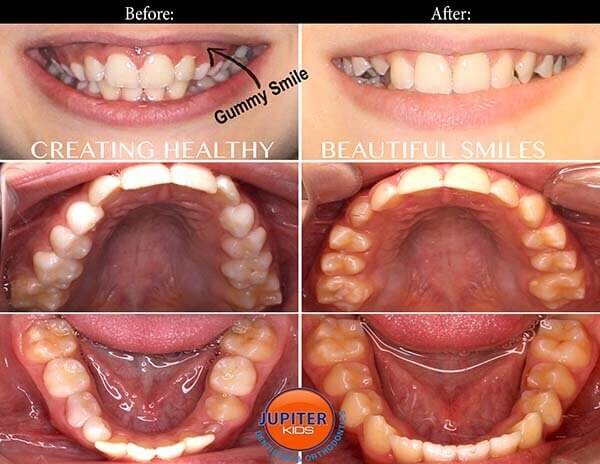Allen's Top Frenectomies Center
Frenectomies
- State-of-the-Art Technology
- Quick process to resolve a tongue tie or a lip tie
- Easy Financing & Pay Plans
Frenectomies
TONGUE-TIES OR LIP-TIES
Tongue-Ties And Speech Problems
Infants With Nursing Problems
A new baby with a too tight tongue and/or lip frenum can have trouble sucking and may have poor weight gain. If they cannot make a good seal on the nipple, they may swallow air causing gas, colic, and reflux or spitting up. You may hear clicking noises when the baby is taking the breast or a bottle. Nursing mothers who experience significant pain while nursing or whose baby has trouble latching on should have their child evaluated for tongue and lip tie. It can also cause thrush, mastitis, nipple blanching, bleeding, or cracking in the mother and inability to hold a pacifier. The mother often reports it’s a “full time job” just to feed them because they are constantly hungry, not getting enough milk, and spitting up what they do get.
Although it is often overlooked or dismissed by other medical professionals, a tongue and lip-tie can very often be an underlying cause of feeding problems that not only affect a child’s weight gain, but lead many mothers to abandon breastfeeding altogether. Very often, after releasing the tongue and/or lip, mothers report immediate relief of pain and a deeper latch. The symptoms of reflux and colic almost disappear and weight gain occurs rapidly. The sooner the tongue-tie is addressed the better the child will learn to use his or her tongue correctly.
UPPER LIP-TIE
Upper lip tie is when the upper lip is tethered to the upper gum. Though most infants have some degree of upper lip tie, when it becomes large and tight enough, it may prevent the upper lip from flaring out or curling up which is essential for breast-feeding in order to create an adequate seal with the breast. Also, some infants with upper lip tie will exhibit an upper lip crease with the skin turning pale in an attempt to flare up during breast-feeding.
If the upper lip tie is tight enough, an infant may have trouble feeding even from a bottle.
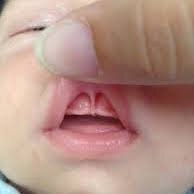
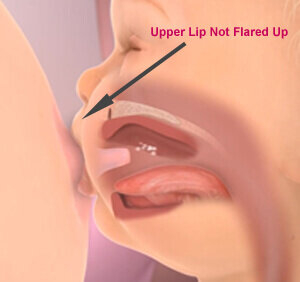
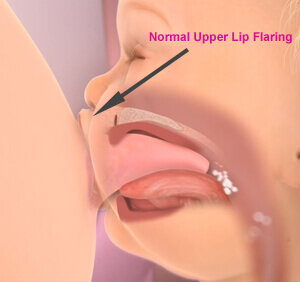
TONGUE-TIE
Tongue tie (otherwise known as ankyloglossia) is when the tip of the tongue is anchored to the floor of the mouth. Tongue tie may extend all the way to the tip or it may extend partially to the tip resulting in a partial tongue tie. There is also a condition called posterior tongue tie in which the tongue tie is hidden under the tongue lining.
Regardless whether dealing with a newborn or an, the treatment is the same. But when it comes to newborns, tongue tie can lead to feeding problems which can be quite distressing to both child and mother.
With tongue tie, the tip of the tongue is unable to help the infant draw the nipple into the mouth. It also prevents the tongue from being normally positioned between the nipple and lower gumline leading the infant to chew on the nipple. Ouch!
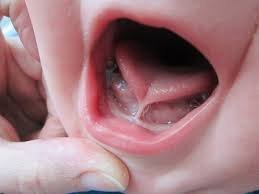
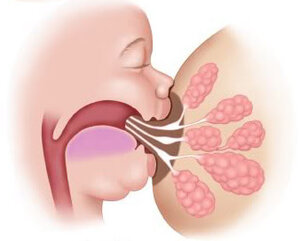
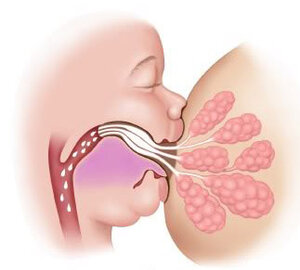
WHAT TO EXPECT DURING THE VISIT
- General anesthesia is not utilized in the office and is almost never needed to perform the procedure.
- The actual time of lasering is 1-2 minutes.
- For babies under the age of 12 months, a topical numbing cream is applied to the area(s) that will be treated. This medication works very quickly.
- For children 12 months of age or older, numbing cream is applied. In some instances, an injected local anesthetic may be applied for additional anesthesia.
- Crying and fussing are common during and after the procedure. In older children, we have the option of giving an oral dose of Versed (midazolam), which is a relaxing medicine similar to Valium. It is very safe in children and begins working in 20-30 minutes. It helps alleviate separation anxiety in addition to providing an amnesia-like effect during the procedure. It lasts about 90-120 minutes.
- You may breastfeed, bottle-feed, or soothe your baby in any manner you'd like following the procedure. You may stay as long as necessary.
AFTERCARE STRETCH EXERCISES
Stretches
A small amount of spotting or bleeding is common after the procedure, especially in the first few days. Because a laser is being used, bleeding is minimized. Wash your hands well prior to your stretches (gloves aren’t necessary). apply a small amount of the teething gel to your finger prior to your stretches. The area of the surgery will have a diamond shape. Initially it will be pink to red in color, but will eventually turn white.
Timing:
Do one stretch on the evening of surgery. Then, skip ahead to the next morning (keep in mind that this is the only time that you should skip the overnight stretch).
Our recommendation is that stretches be done:
6x/day for the first 3 weeks, and then spending the 4th week quickly tapering from 6 to 5 to 4 to 3 to 2 to 1 per day before quitting completely at the end of the 4th week. We find it’s easiest for parents to do 5 of the stretches during their waking hours and one of those stretches in the middle of the night, taking care to not go more than 6 hours between stretches. Diaper changes are a good time to do the exercises.

